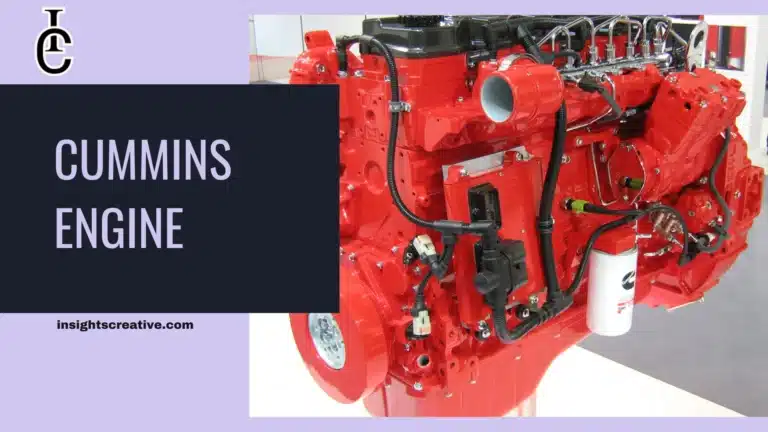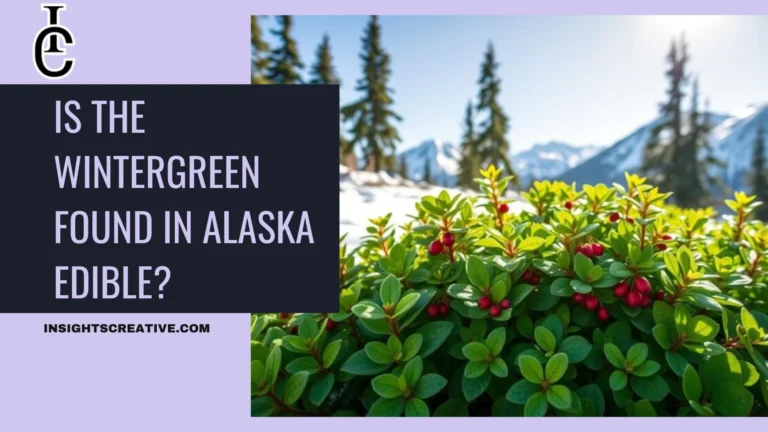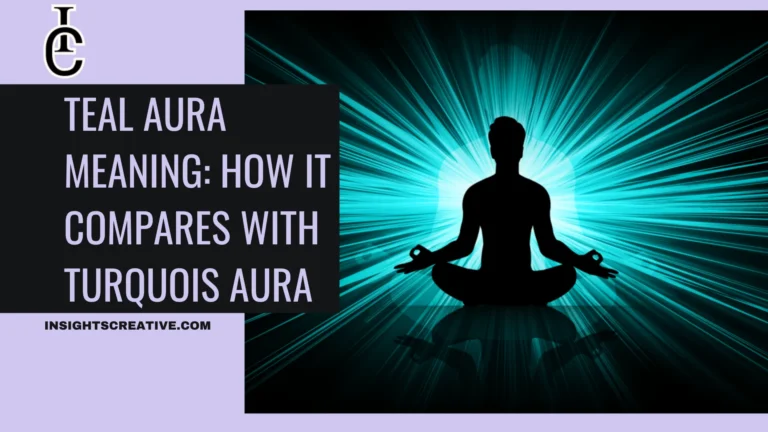Car tint percentages play a crucial role in determining how much light passes through your windows. The percentage of visible light transmission (VLT) directly affects how dark your car windows appear and how well they protect against heat and UV rays. But what do different car tint percentages mean, and which one is right for you? In this guide, we’ll cover the most common tint percentages, how they vary across states, and which ones are recommended based on your needs.
Different State Laws for Car Tint Percentages
The legal limits for car window tinting vary from state to state. Some states allow darker tints, while others have stricter regulations.
Window Tint Laws by State
| State | Front Side Windows | Back Side Windows | Rear Windows | Windshield |
| Alabama | 32% | 32% | 32% | 6 inches |
| Alaska | 70% | 40% | 40% | 5 inches |
| Arizona | 33% | Any | Any | AS-1 line or above |
| Arkansas | 25% | 25% | 10% | 5 inches |
| California | 70% | Any | Any | 4 inches |
| Colorado | 27% | 27% | 27% | 4 inches |
| Connecticut | 35% | 35% | 35% | AS-1 line or above |
| Delaware | 70% | Any | Any | Non-reflective above the AS-1 line |
| Florida | 28% | 15% | 15% | AS-1 line or above |
| Georgia | 32% | 32% | 32% | 6 inches |
| Hawaii | 35% | 35% | 35% | Non-reflective above the AS-1 line |
| Idaho | 35% | 20% | 35% | AS-1 line or above |
| Illinois | 35% | 35% | 35% | 6 inches |
| Indiana | 30% | 30% | 30% | AS-1 line or above |
| Iowa | 70% | Any | Any | Non-reflective above the AS-1 line |
| Kansas | 35% | 35% | 35% | Non-reflective above the AS-1 line |
| Kentucky | 35% | 18% | 18% | AS-1 line or above |
| Louisiana | 40% | 25% | 12% | Non-reflective above the AS-1 line |
| Maine | 70% | Any | Any | Non-reflective above the AS-1 line |
| Maryland | 35% | 35% | 35% | 5 inches |
| Massachusetts | 35% | 35% | 35% | 6 inches |
| Michigan | None | Any | Any | 4 inches |
| Minnesota | 50% | 50% | 50% | Non-reflective above the AS-1 line |
| Mississippi | 28% | 28% | 28% | AS-1 line or above |
| Missouri | 35% | Any | Any | AS-1 line or above |
| Montana | 24% | 14% | 14% | AS-1 line or above |
| Nebraska | 35% | 20% | 20% | 5 inches |
| Nevada | 35% | Any | Any | Non-reflective above the AS-1 line |
| New Hampshire | 70% | Any | Any | 6 inches |
| New Jersey | None | Any | Any | Non-reflective above the AS-1 line |
| New Mexico | 20% | 20% | 20% | Non-reflective above the AS-1 line |
| New York | 70% | Any | Any | 6 inches |
| North Carolina | 35% | 35% | 35% | AS-1 line or above |
| North Dakota | 50% | Any | Any | AS-1 line or above |
| Ohio | 50% | Any | Any | Non-reflective above the AS-1 line |
| Oklahoma | 25% | 25% | 25% | AS-1 line or above |
| Oregon | 35% | 35% | 35% | 6 inches |
| Pennsylvania | 70% | Any | Any | 5 inches |
| Rhode Island | 70% | 70% | 70% | Non-reflective above the AS-1 line |
| South Carolina | 27% | 27% | 27% | AS-1 line or above |
| South Dakota | 35% | 20% | 20% | AS-1 line or above |
| Tennessee | 35% | 35% | 35% | AS-1 line or above |
| Texas | 25% | 25% | Any | AS-1 line or above |
| Utah | 43% | Any | Any | Non-reflective above the AS-1 line |
| Vermont | None | Any | Any | Non-reflective above the AS-1 line |
| Virginia | 50% | 35% | 35% | Non-reflective above the AS-1 line |
| Washington | 24% | 24% | 24% | AS-1 line or above |
| West Virginia | 35% | 35% | 35% | 5 inches |
| Wisconsin | 50% | Any | Any | Non-reflective above the AS-1 line |
| Wyoming | 28% | 28% | 28% | 5 inches |
Car Window Tint Shades List

Choosing the right tint percentage depends on the level of darkness and protection you want.
5% Tint (Limo Tint)
This is the darkest option, allowing only 5% of light to pass through. Limo tint is commonly used for rear windows and provides maximum privacy, but it’s illegal in most states for front windows.
20% Tint (Factory Tint)
20% tint is a common factory option for rear windows. It allows 20% of light through and offers good privacy while still providing a decent amount of visibility.
35% Tint (Standard Tint)
35% tint is a popular choice for both privacy and visibility. It lets 35% of light through and is typically legal in most states for both front and rear windows.
50% Tint
A 50% tint provides light shading and blocks half the light from entering your car. It’s less about privacy and more about reducing heat and glare from the sun.
Recommended Car Tint Percentages
Different tint percentages serve different purposes, from UV protection to privacy and heat reduction.
Best Tint for UV Protection
If your goal is to block harmful UV rays, ceramic tints with 35% VLT or darker are excellent choices. They provide substantial UV protection while maintaining good visibility.
Recommended Tint for Privacy
For those prioritizing privacy, a 20% tint is a great middle ground. It’s dark enough to shield your car’s interior from prying eyes but not as extreme as limo tint.
Optimal Tint Percentages for Heat Reduction
Tint percentages between 20% and 35% are best for reducing heat. They block a significant amount of solar energy, keeping your car cooler during hot weather.
Levels of Tint on a Car
Not all windows are treated equally when it comes to tint percentages. Different parts of the car may have varying levels of tint.
Full Car Tinting
A full car tint involves applying film to all windows, including front, rear, and side windows. Full tints often use a consistent VLT across all windows, depending on local laws.
Front Windows Tint Percentages
Front windows typically have lighter tints than rear windows due to stricter legal requirements. A 50% tint is common for front windows, providing light shading without reducing visibility.
Rear Window and Side Window Tint Levels
For rear and side windows, you can go darker, often opting for 20% or even 5% depending on your privacy needs and state laws.
Legal Limits on Tint Percentages
Before deciding on a tint percentage, it’s essential to consider legal restrictions.
State Laws on Front and Rear Window Tint
Each state has its own laws governing how much you can tint your car’s windows. In general, front windows have stricter limits, while rear and side windows allow for darker tints.
How to Check if Your Tint Complies with the Law
Most tint shops provide compliance information, but you can also use a VLT meter to check your tint level. These devices measure the amount of light passing through the windows, ensuring you’re within legal limits.
Medical Exemptions for Darker Tints
Some states offer medical exemptions for individuals who need darker tints due to health conditions like extreme sensitivity to sunlight. You may need to provide medical documentation to qualify for an exemption.
Benefits of Different Tint Percentages
Each tint percentage offers unique benefits, depending on your preferences and needs.
How Tint Levels Impact Heat Rejection
Darker tints, such as 20% or 35%, do a great job of rejecting heat. They block a significant amount of infrared light, keeping your car cooler. This can be particularly useful if you live in a hot climate where reducing heat is a priority.
Privacy and Security Benefits of Window Tinting
A 20% tint provides a good balance between visibility and privacy. It’s dark enough to obscure the view of the car’s interior from outsiders, making it harder for potential thieves to spot valuables.
Best Tint Percentage for Energy Efficiency
By reducing the amount of heat entering your car, window tints help cut down on the energy needed to cool the vehicle. 35% tint is a good option for balancing heat rejection without making the windows too dark.
Frequently Asked Questions
Conclusion
Choosing the right car tint percentage is a balance between privacy, heat rejection, and legal compliance. Car tint percentages like 20%, 35%, and 50% each offer different benefits, depending on your preferences. Always check your local state laws to ensure you’re compliant with tint regulations, and consult a professional to help you select the right tint for your vehicle. Whether you’re looking for better privacy, UV protection, or style, understanding how tint percentages work will help you make an informed decision.







